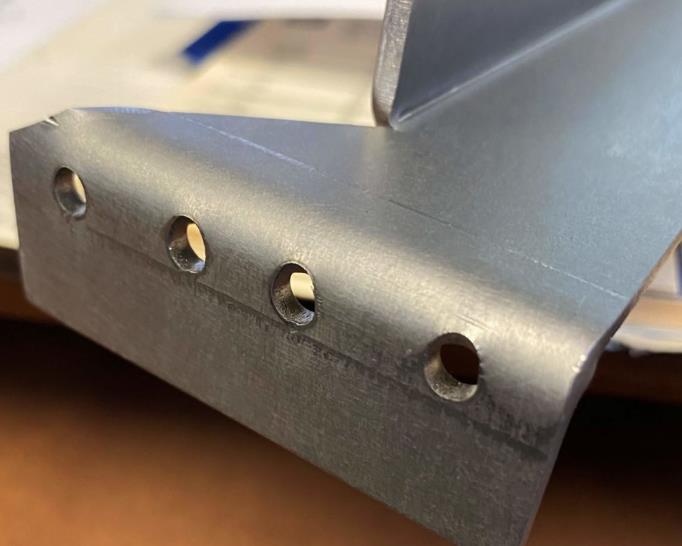Custom Sheet Metal Bending: How to Get Precise Results?
Introduction
Custom sheet metal bending is a critical process in various industries, including automotive, aerospace, construction, and electronics. Achieving precise results requires careful planning, proper equipment, and skilled operators. Let's delve into the key factors to ensure accurate and high-quality sheet metal bending.

Advanced Equipment and Tooling
CNC Press Brakes
- Precision Control: Utilizing CNC (Computer Numerical Control) press brakes ensures accurate bending angles and repeatability, minimizing errors and maximizing consistency in sheet metal parts.
- Versatility: CNC press brakes offer a wide range of bending capabilities, including complex shapes and multiple bends in a single operation, enhancing productivity and flexibility in manufacturing.
Material Selection and Preparation
Material Properties
- Material Compatibility: Choose sheet metal materials suitable for bending processes, considering factors such as thickness, ductility, and springback characteristics to achieve desired bending results.
- Surface Preparation: Ensure proper cleaning and deburring of sheet metal surfaces to prevent defects and imperfections during the bending process, resulting in smoother bends and improved finish quality.
Precision Tool Setup and Adjustment
Tooling Configuration
- Correct Tool Selection: Select appropriate bending tools, such as punches and dies, based on material type, thickness, and bending geometry, ensuring optimal contact and support during the bending operation.
- Tool Alignment: Accurately align and adjust bending tools to the correct position and clearance, minimizing deflection and achieving precise bending angles according to design specifications.
Operator Skill and Expertise
Training and Experience
- Skilled Operators: Provide comprehensive training and ongoing skill development for operators to understand the principles of sheet metal bending, interpret engineering drawings, and operate bending equipment proficiently.
- Quality Control Measures: Implement strict quality control procedures, including regular inspections and measurements, to verify bending accuracy and identify any deviations or defects for timely correction.
Simulation and Testing
Digital Modeling and Prototyping
- Virtual Simulation: Utilize CAD/CAM software to create digital models and simulate bending processes, allowing for accurate visualization of part geometry, tooling setup, and bending sequence prior to actual production.
- Prototype Validation: Produce prototype samples for testing and validation to ensure that bending results meet dimensional accuracy, tolerances, and functional requirements before full-scale production.
Conclusion
Achieving precise results in custom sheet metal bending requires a combination of advanced equipment, proper material selection, precision tool setup, skilled operators, and thorough testing. By implementing these key factors, manufacturers can consistently produce high-quality bent sheet metal components for various industrial applications.
For expert custom sheet metal bending services delivering precise results, explore our capabilities at custom sheet metal bending.